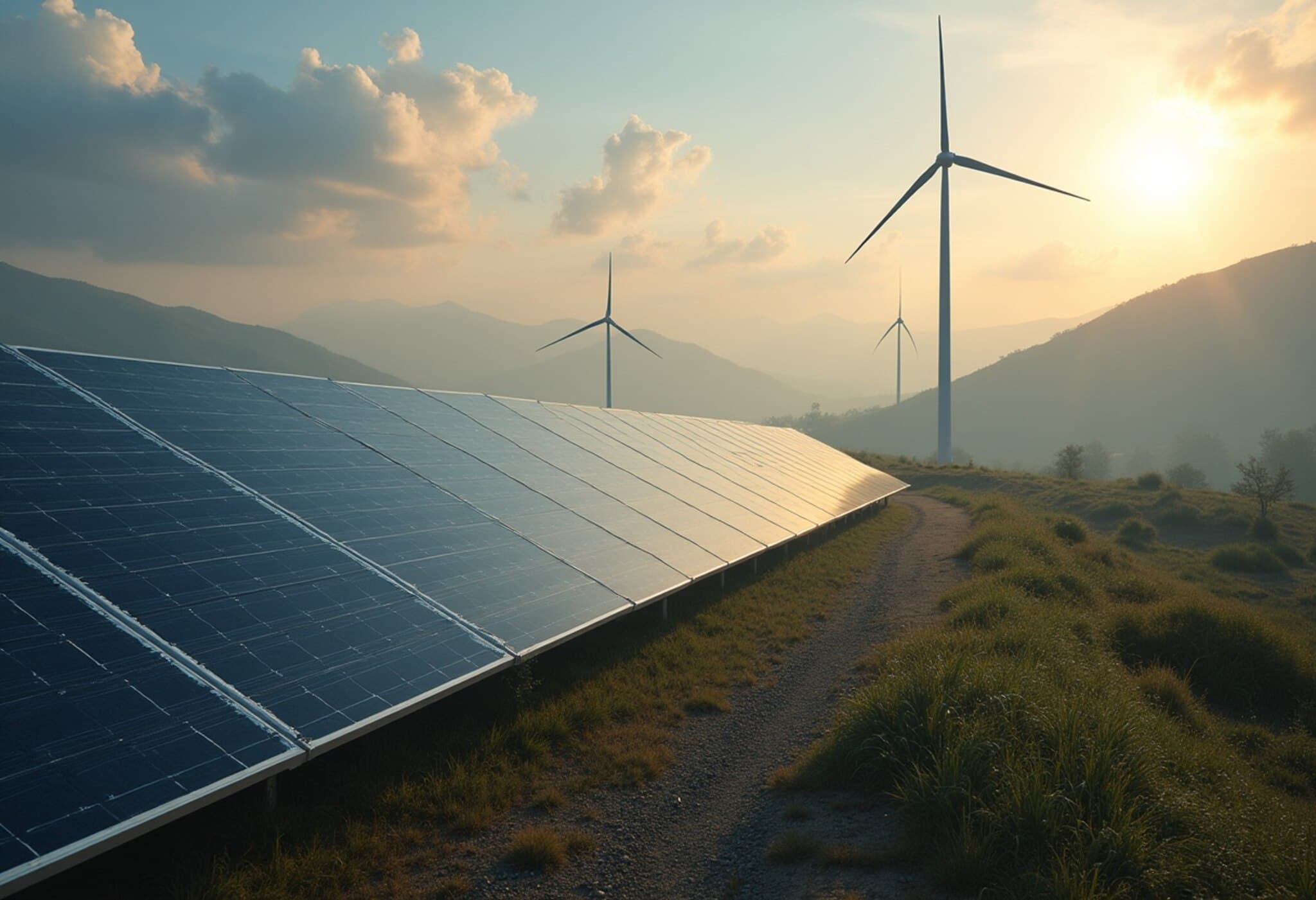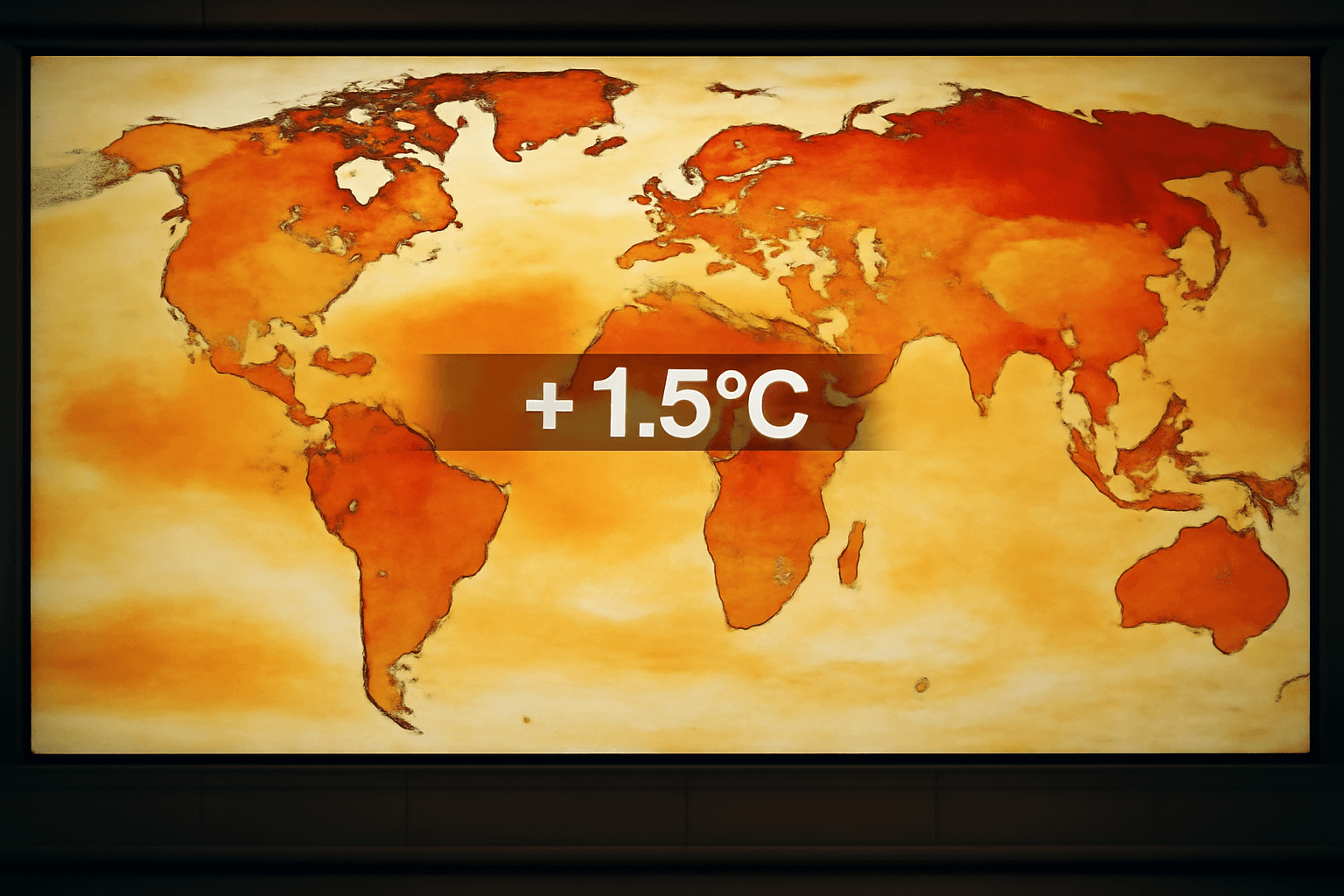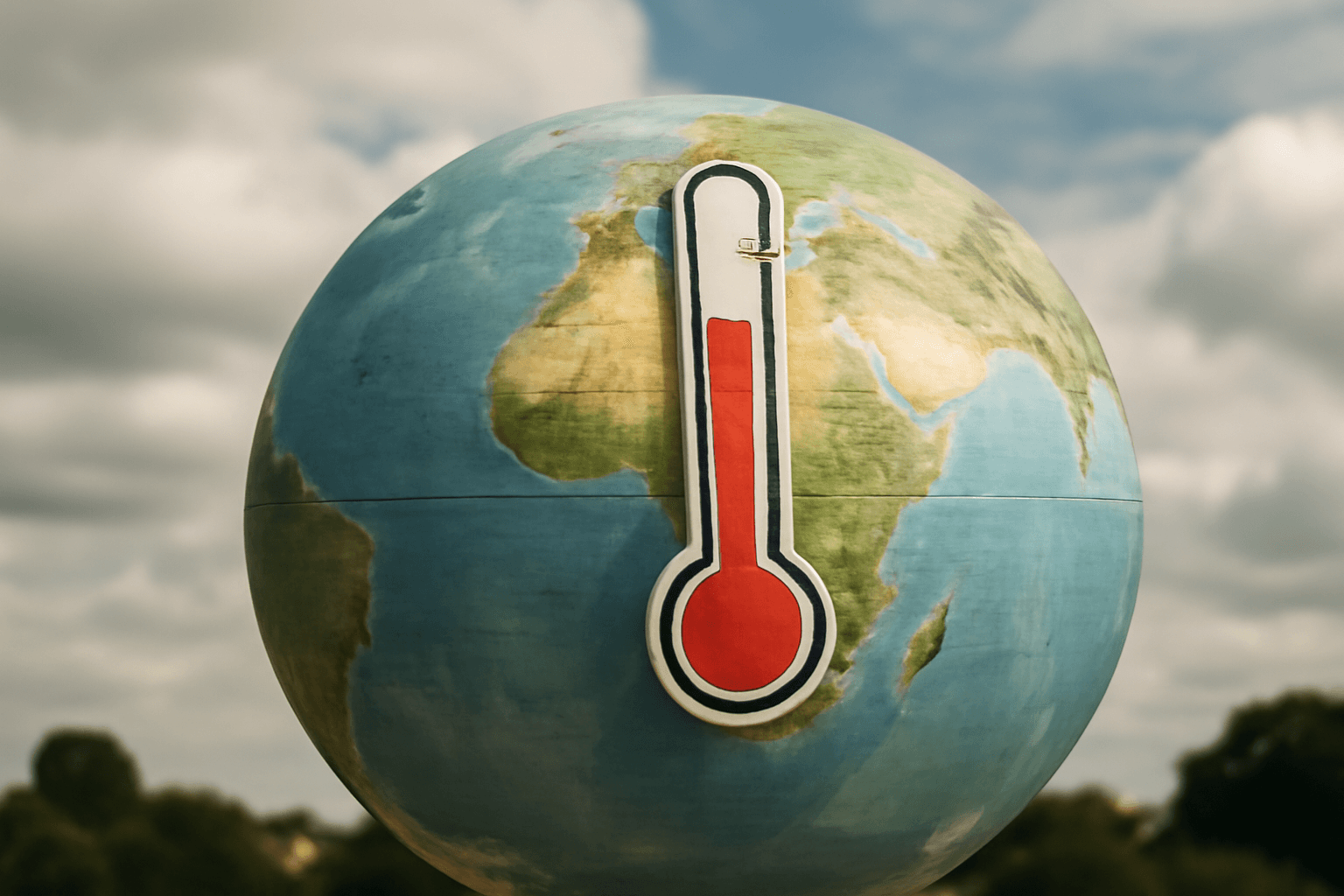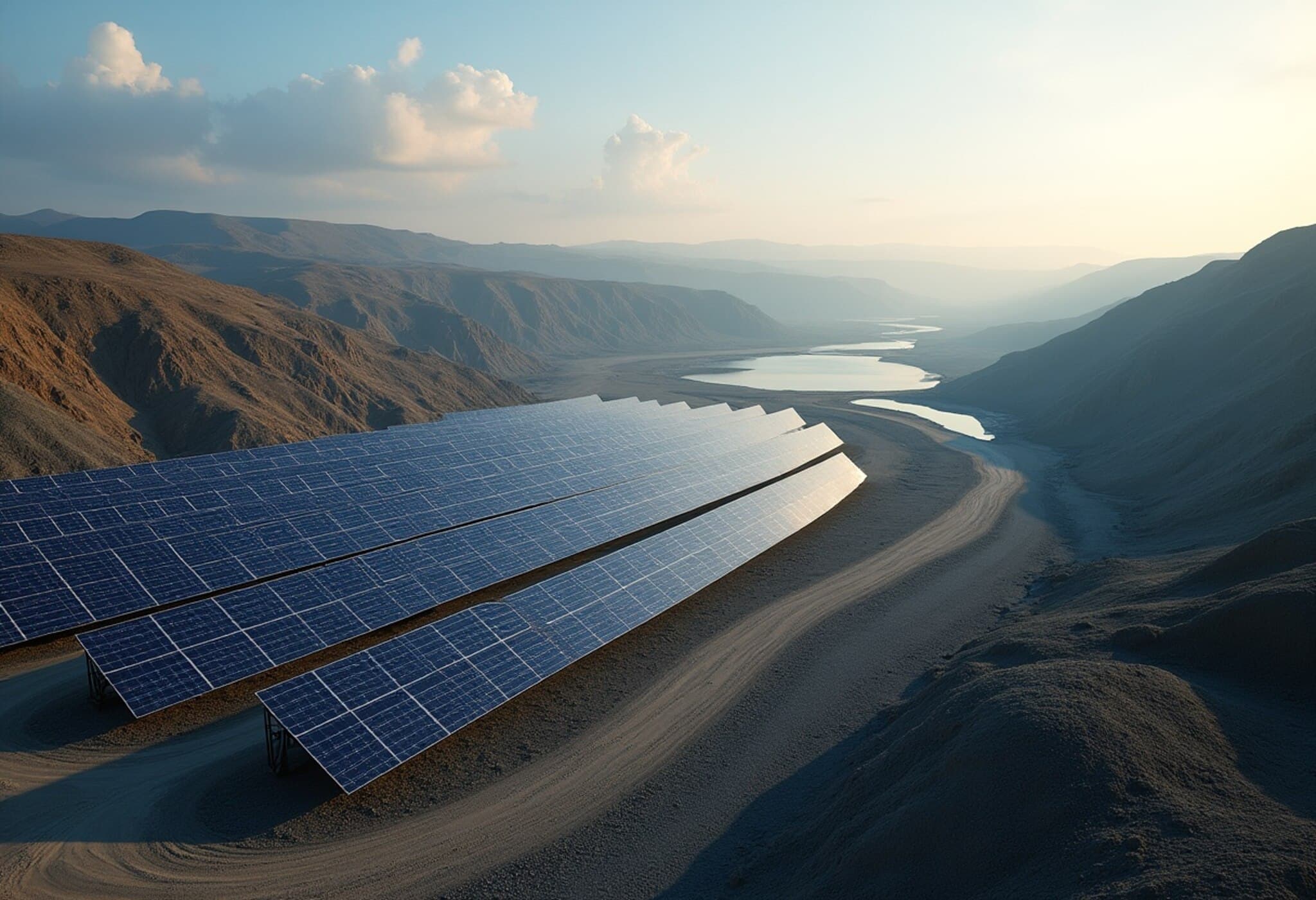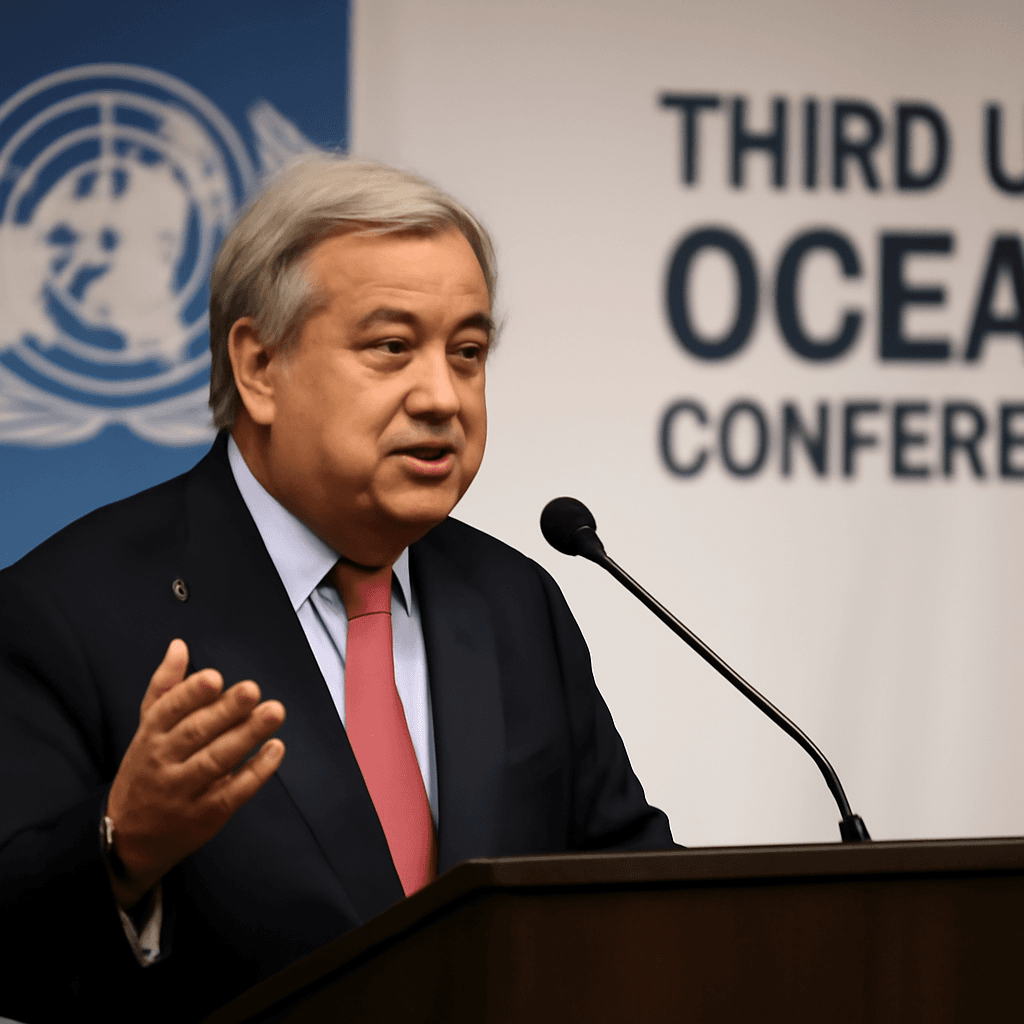The Pivotal Role of G20 in Global Renewable Energy Transition
The Group of 20 (G20), representing 67% of the global population, generates an overwhelming 85% of the world’s GDP and commands 75% of international trade. These nations also account for 87% of energy-related carbon emissions, positioning them at the heart of the global fight against climate change.
A comprehensive analysis of renewable energy potential across G20 member countries reveals a striking conclusion: the combined solar and wind energy resources within these nations are sufficient to meet projected global electricity demand by 2050. This critical insight offers a beacon of hope for achieving worldwide sustainability goals.
Mapping the Renewable Energy Landscape Among G20 Countries
G20 nations include advanced economies such as the United States, Japan, Germany, and France, alongside emerging powerhouses like China, India, and Brazil. Although geographic and climatic conditions vary widely, collectively, these countries possess vast tracts of land—approximately 22.4 million km² suitable for solar projects and 31.1 million km² apt for wind farms.
Despite this abundance, many high potential countries, including Australia and Canada, remain significant exporters of fossil fuels, underscoring the urgent need to phase out coal, oil, and gas by mid-century to mitigate climate change effectively.
Africa’s Renewable Energy Potential: Untapped and Crucial
Currently responsible for just 1.2% of historical global emissions (except South Africa), African nations face a unique opportunity and responsibility. To avoid locking in fossil fuel dependency, Africa must bypass traditional energy pathways and accelerate adoption of renewables to meet its growing electricity needs sustainably.
Recent studies highlight that if only 3% of Africa’s solar and wind potential were harnessed, it could satisfy the continent’s electricity demand through 2050—paving the way for economic growth aligned with the African Union’s 50-year vision for a middle-income future.
However, turning this potential into reality demands substantial financing and robust, long-term energy policies—areas where African leaders are advocating for increased support from G20 countries, especially during upcoming international climate summits.
Key Challenges and Pathways Forward
Meeting global emissions targets established in the 2015 international climate agreement requires coordinated action, particularly from the G20. To accelerate renewable energy deployment, three pillars demand urgent attention:
- Finance: Securing investments for renewable infrastructure, with a focus on fair carbon budgets that hold major emitters accountable and ensure equitable carbon emission limits.
- Regulatory Frameworks: Establishing clear, transparent, and stable policies that facilitate permitting, grid integration, and standardized technical qualifications for renewable projects—particularly critical to attract investors and scale operations in Africa.
- Manufacturing and Industry Capacity: Building local renewable technology industries to reduce dependency on imports and create sustainable economic opportunities.
A successful green transition will not only curb emissions but may also enable countries—especially in Africa—to generate surplus energy for export, fueling economic resilience and growth.
Conclusion: The G20’s Pivotal Role in Shaping a Sustainable Future
The analysis makes it clear: the G20 countries possess sufficient renewable energy resources to power the world sustainably by 2050. To capitalize on this, they must lead decisive efforts to end fossil fuel dependency, channel financial support toward developing regions, and craft progressive policies that unlock the full potential of clean energy.
Only through collaborative action focusing on justice, innovation, and investment can the global community hope to realize an equitable energy future, securing a livable planet for generations to come.

